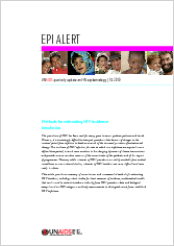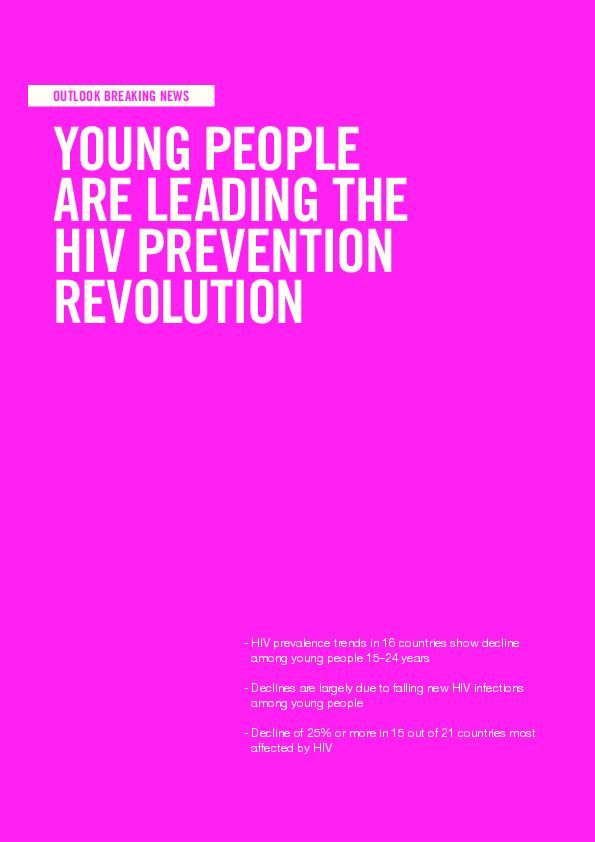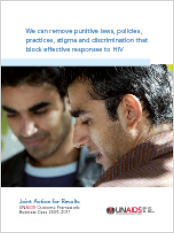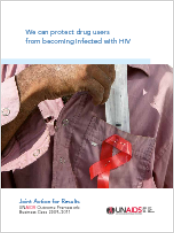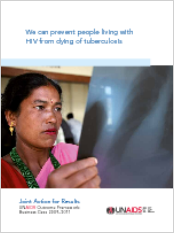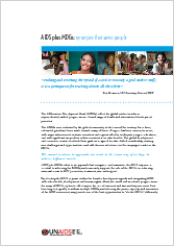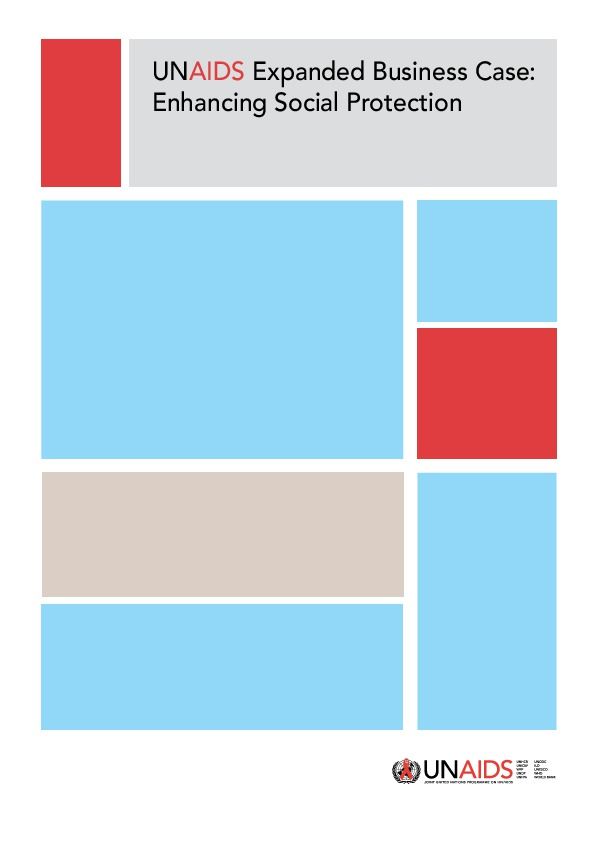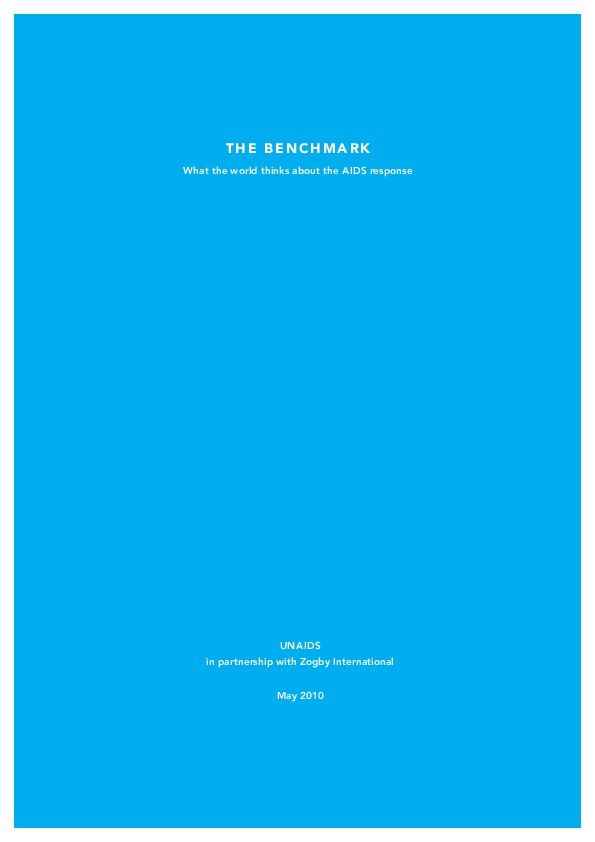Documents
Methods for estimating HIV incidence
16 June 2010
This article provides a summary of current issues and recommended methods for estimating HIV incidence, including cohort studies for direct measures of incidence, mathematical models that can be used to estimate incidence indirectly from HIV prevalence data and biological assays based on HIV antigen or antibody measurements to distinguish recent from established HIV infections.
Documents
OUTLOOK special section: Making sense of the money & where does the money for AIDS go?
13 July 2010
In most countries health spending increases at the same rate as the overall economy grows. In an economist’s world, where necessity has an elasticity of 0 and luxury an elasticity of 1, health care has an income elasticity of close to 1. So how can your gut reaction be made to mirror reality? OUTLOOK looks at the possibilities.
Documents
OUTLOOK breaking news: Young people are leading the HIV prevention revolution
13 July 2010
Young people are leading the prevention revolution by taking definitive action to protect themselves from HIV. A change is happening among young people across the world, especially in parts of sub-Saharan Africa. Waiting longer to become sexually active, young people have fewer multiple partners and there’s an increased use of condoms among those with multiple partners. And HIV prevalence among young people is dropping in many key countries.
Documents
We can remove punitive laws, policies, practices, stigma and discrimination that block effective responses to HIV
01 August 2010
Despite remarkable recent successes in the global response to HIV, punitive laws, policies, practices, stigma and human rights violations (see Annex) are threatening progress towards universal access targets and the Millennium Development Goals. Successful strategies for HIV prevention, treatment, care and support require supportive legal, regulatory and social environments that advance human rights, gender equality and social justice goals. Punishing and stigmatizing environments, in contrast, can increase people’s vulnerability to HIV infection, reduce access to and use of HIV services and other health and social services, discourage individual behaviour change, and increase the impact of HIV on people already living with the virus and on their families and communities.
Documents
We can protect drug users from becoming infected with HIV
01 August 2010
Documents
We can prevent people living with HIV from dying of tuberculosis
01 August 2010
Documents
AIDS plus MDGs: synergies that serve people
16 September 2010
The Millennium Development Goals (MDGs) reflect the global resolve to achieve unprecedented, radical progress across a broad range of health and international development priorities. The MDGs were endorsed by the global community at the turn of the century. Since then, substantial gains have been made towards many of them.2 Progress has been uneven, however, with major achievements in some countries and regions offset by inadequate progress elsewhere, and with significant inequalities within countries as to who benefits. The global development and economic context in which these goals were agreed has also shifted considerably, creating new challenges and opportunities—and calls for new solutions—in the campaign to achieve the MDGs.
Documents
The benchmark: What the world thinks about the AIDS response
13 October 2010
Zogby International was commissioned by UNAIDS to conduct an online survey of adults with Internet access in 25 countries. The survey was conducted between 30 March 2010 and 27 April 2010. A sampling of Zogby International’s online panel, which is representative of the adult population of the United States, was invited to participate. For all other nations, partner panel members were invited to participate.

